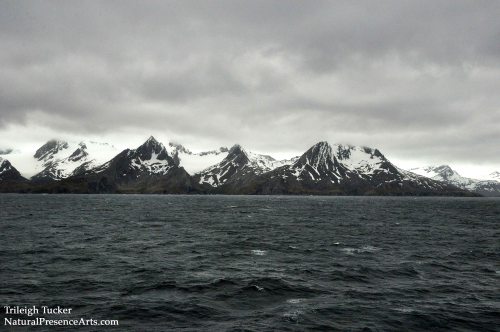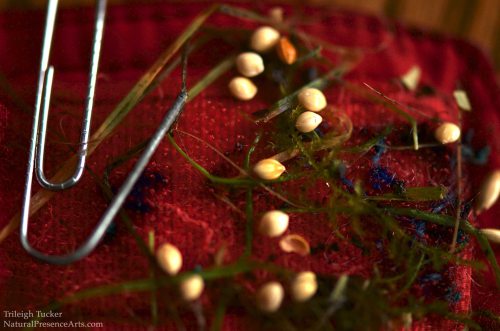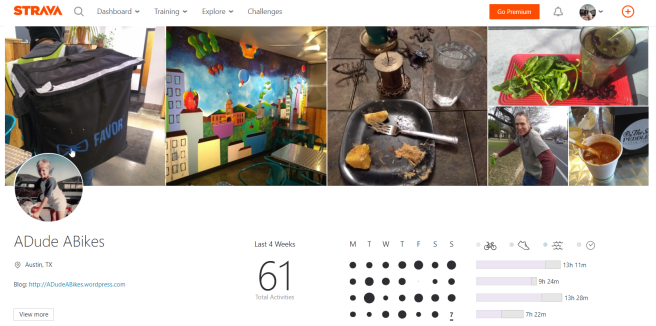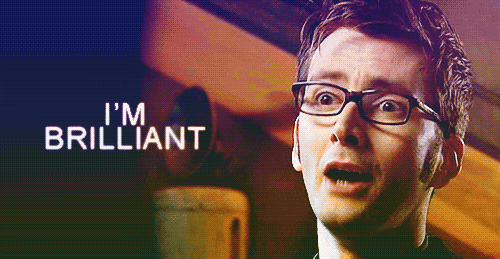With gray Antarctic seas rocking our ship, I hunkered down with a dental pick and got to work on the Velcro. The Akademik Ioffe was pulling up to our first landing on the glorious island of South Georgia, just north of the Antarctic Circle, and our expedition leaders had cranked up biosecurity measures.

Approaching South Georgia
South Georgia, for all the rocky strength of its mountains and the sweeping power of its massive glaciers, is fragile. Although restrictions on hunting of whales and fur seals have allowed those species to rebound—we regularly had to dodge grumpy fur seals draped across beaches, the most harrowing part of my Antarctic experience—the island’s ecosystem is now threatened by two subtler menaces: climate change and the introduction of invasive species.
On site, we couldn’t do much about climate change, and the island’s British government has, incredibly, just succeeded in vanquishing the land’s rodent problem. But we could help prevent the colonization of the South Georgia lowlands by non-native plant species.
Which is why I was sitting in the ship’s cold mudroom, surrounded by muck boots, life jackets, and an enormous, mysterious piston-like device supposedly used for sonar “investigations” in the ship’s past life as a Russian research vessel, picking almost-invisible seeds out of the worn seams of my bright red rain jacket. That’s what Velcro is designed for, after all: catching and holding tiny things. You’d be amazed how much plant material is hidden in the folds and pockets and other in-between places in our cuffs and zippers.

Seeds and vegetation in Velcro in sleeve cuff, paperclip for scale. Note not just the “big” seeds, but the tiny little specks. All of this had to be removed before landing on South Georgia.
Finally clean and seedless, our group loaded into Zodiacs and sped toward the shore. Like Shackleton, our first stop was at King Haakon Bay, where in 1916 he had landed a small crew in hopes of crossing the forbidding mountain range to find salvation on the other side of the island at Stromness. Unlike Shackleton, we were armed with cameras and binoculars, with the assurance of a plentiful meal and fresh-baked chocolate dessert at the end of the day. We set out to get to know this realm of remote beauty.

King Haakon Bay, South Georgia
The dramatic sightings of South Georgia, of course, were the hundreds of thousands of penguins who filled the glacial valleys around the island.

King Penguin colony St Andrews Bay, South Georgia
More modest but just as inspiring was a South Georgia Pipit.

South Georgia Pipit. Larsen Harbour, South Georgia
This unassuming-looking little bird is part of the island’s success story, rescued from almost certain extinction by disciplined international efforts to remove its predators, rats, from the entire place. Global warming could still melt glaciers enough to provide increased rat habitat, with consequences for the little pipit, but for now, he and his community are doing fine. They can find healthy food in the form of native plants—with our help in de-seeding invasives from our Velcro.
* * * * *
I’ve long been unexpectedly attracted to the seams in our places, the in-between nooks, the overlooked vacant lots.

Vacant lot, Osaka Rinko Line. By 暇・投稿 (Own work) [Public domain], via Wikimedia Commons
I love walking through neighborhoods as I go on errands, noticing where the wild things live. When I lived in the urban core of Seattle’s Central Area, my walking route often took me past an overgrown lot that had somehow escaped development. It was a narrow slot between houses, a standard 3000-square-foot city lot—but it supported big trees and thickets of blackberry plants where hidden birds chittered. Trails wound through the brambles, paths worn by kids’ sneakers as they explored this urban micro-wild. I hoped that somehow it could be preserved to provide a much-needed island of nature, a green refuge in a gray block.
A temporary meadow in a vacant lot on Harvard Ave E in Seattle’s Capitol Hill neighborhood. Photo by Joe Mabel; caption provided by photographer. Used by CC BY-SA 2.0. File available here.
One day I saw a big white square glaring on freshly-installed posts: the inevitable Notice of Proposed Land Use Action. It didn’t take long for a graffito protest to appear: “Neighbors – how can we stop this?” Another responded: “Let’s meet,” with a proposed date. But a couple of months later, as I approached the block, I could see a bright gap in the sky where trees had provided cooling shadows. Construction had begun. I stopped to chat with one of the workers, who told me, “Yeah, a Microsoft guy bought it. Planning to build one of those mega-mansions, fill up the entire lot with a big fancy house. Kind of a shame. But that’s always the way it goes, isn’t it?”
Robert Michael Pyle writes in his marvelous essay Eden in a Vacant Lot, “…nothing is less empty to a curious, exploring child”—and I would add, to spunky wildlife trying to make its way in a challenging urban setting—”than a vacant lot, nothing less wasted than waste ground, nothing more richly simmered in promise than raw ground.” Seeds of a child’s love of nature, seeds of nature itself, are planted in these wild seams.
* * * * *
We’re now beginning to see that these urban seams may provide some of the seeds for wildlife recovery. A recent article in Yale 360, Habitat on the Edges: Making Room for Wildlife in an Urbanized World, outlines the ways in which undeveloped space in cities can act as refuges for species squeezed out of areas denser with people. Even areas as narrow as 25 yards wide can significantly help to increase biodiversity, notes author Richard Conniff. He describes a British effort in which conservation-commercial cooperation is generating new attention to the ragged land along rail lines as wildlife habitat: not just nature-by-accident, but purposeful enhancement of unexpected natural spaces. While Conniff acknowledges that much more habitat is needed for true species preservation, these neglected spaces offer small islands of hope.

Weeds and wilderness: The Haddington Branch. Caption from Wikimedia Commons: When the North British Railway decided to miss out Haddington, this did not go down well in the county town. A short branch line was built linking Haddington and Edinburgh via a junction at Longniddry. The railway was closed to passengers in 1949, but there is quite a strong campaign to reopen it. The seed rich embankment is a useful resource for the finches now that winter sown crops are becoming more popular here. (Link to file and attribution is here.)
Seeds in the seams are sources of wildness: sometimes a threat, sometimes a treasure. But unless we learn to pay attention—to consider the overlooked, the in-between, the generative gaps—we won’t be able to tell the difference.

Thistle seeds
Advertisements Share this:




